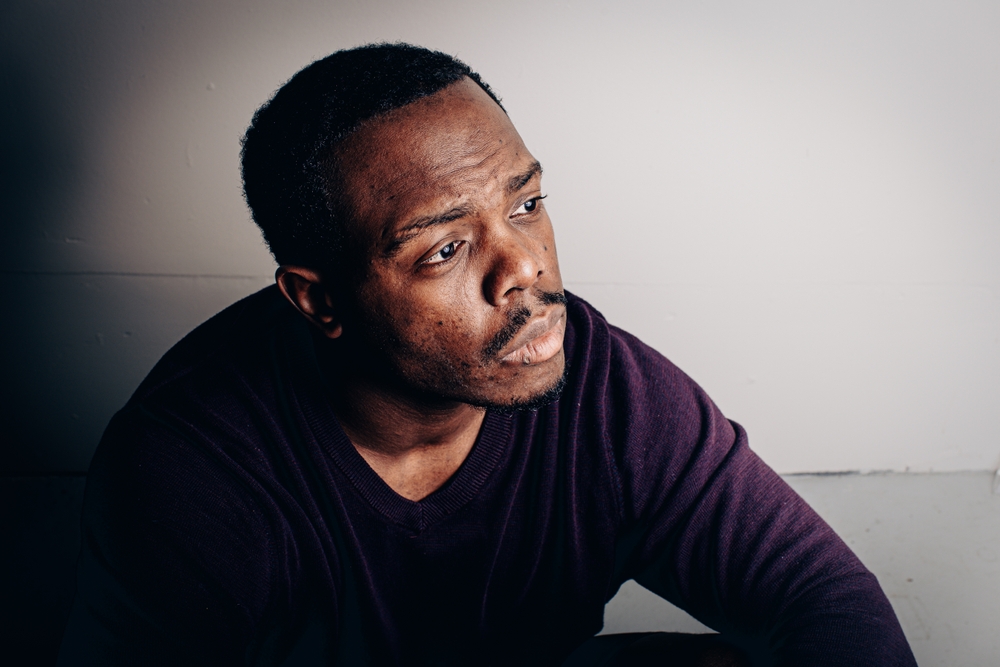Traditional masculinity often equates strength with stoicism, creating an environment where emotional vulnerability feels like forbidden territory for many men. While open expression of feelings forms the foundation of human connection, deeply rooted fears and societal expectations frequently prevent men from embracing their emotional sides. Understanding these barriers becomes crucial for fostering healthier relationships and breaking long-standing stigmas.
1. Fear of judgment
The fear of being perceived as weak or unmanly often prevents men from showing their vulnerable side. From an early age, boys learn that emotional expression might lead to social rejection or criticism. This deeply ingrained fear creates lasting impacts on how men approach emotional openness.
In professional settings, this fear intensifies as vulnerability can be misinterpreted as weakness or incompetence. Many men worry that showing emotion might undermine their authority or professional standing. The workplace often reinforces these concerns, creating environments where emotional stoicism is rewarded while vulnerability is viewed with skepticism.
Personal relationships suffer similar challenges, as men frequently suppress their feelings to maintain an image of strength. This suppression can lead to isolation and emotional distance, even in close relationships where vulnerability might strengthen bonds.
2. Previous emotional wounds
Past experiences of rejection or ridicule after showing vulnerability create lasting impacts on men’s willingness to open up again. These emotional scars often stem from childhood experiences where their feelings were dismissed or minimized. Boys who heard phrases like “stop crying” or “toughen up” grow into men who view emotional expression as dangerous.
Romantic relationships can compound these wounds when emotional openness leads to negative responses or relationship problems. These experiences reinforce the belief that vulnerability leads to pain, creating a cycle of emotional guardedness that becomes increasingly difficult to break.
3. Cultural conditioning and masculinity norms
Society’s expectations about masculinity create powerful barriers to emotional expression. Media portrayals consistently reinforce images of stoic male heroes who never show weakness, while family and social circles often perpetuate these stereotypes through subtle and overt messages.
This conditioning starts early, with boys receiving clear signals about acceptable emotional expression. Family dynamics often reinforce these norms, with phrases like “man up” or “boys don’t cry” becoming common responses to emotional displays. These messages create lasting impressions about the relationship between masculinity and emotional control.
4. Lack of emotional tools
Many men struggle with vulnerability not because they’re unwilling, but because they lack the necessary emotional vocabulary and understanding. Without proper tools for expressing feelings, attempts at vulnerability can feel clumsy or ineffective, leading to frustration and withdrawal.
This deficit often stems from limited exposure to emotional education and few positive examples of male emotional expression. Without role models demonstrating healthy emotional communication, men may feel lost when trying to articulate their feelings, leading to fear of miscommunication or rejection.
5. Perception of vulnerability as weakness
The association between vulnerability and weakness remains deeply entrenched in many men’s minds. Opening up emotionally feels like surrendering power or control, creating resistance to emotional expression even in safe environments.
This perception often connects to broader fears about independence and self-reliance. Many men worry that showing vulnerability might make them appear dependent on others for emotional support, conflicting with ideals of masculine self-sufficiency.
Breaking the cycle
Creating change requires understanding and addressing these fundamental fears. Safe spaces where men can practice emotional expression without judgment become crucial for developing confidence in vulnerability. These environments allow men to experience the benefits of emotional openness while building trust in their ability to maintain strength through vulnerability.
Professional support through therapy or counseling can provide valuable tools for emotional expression. These resources help men develop vocabulary for their feelings while working through past experiences that created emotional barriers.
Moving forward
The journey toward emotional openness requires patience and understanding. Recognizing these common fears helps create empathy for men struggling with vulnerability while highlighting opportunities for positive change. By addressing these barriers directly, we can work toward a culture where emotional expression becomes a recognized strength rather than a perceived weakness.
Supporting men in this journey involves both individual and collective efforts. Communities must challenge traditional narratives about masculinity while providing resources for emotional development. This combined approach helps create environments where vulnerability becomes a celebrated aspect of masculine identity rather than a source of fear.
This story was created using AI technology.

















